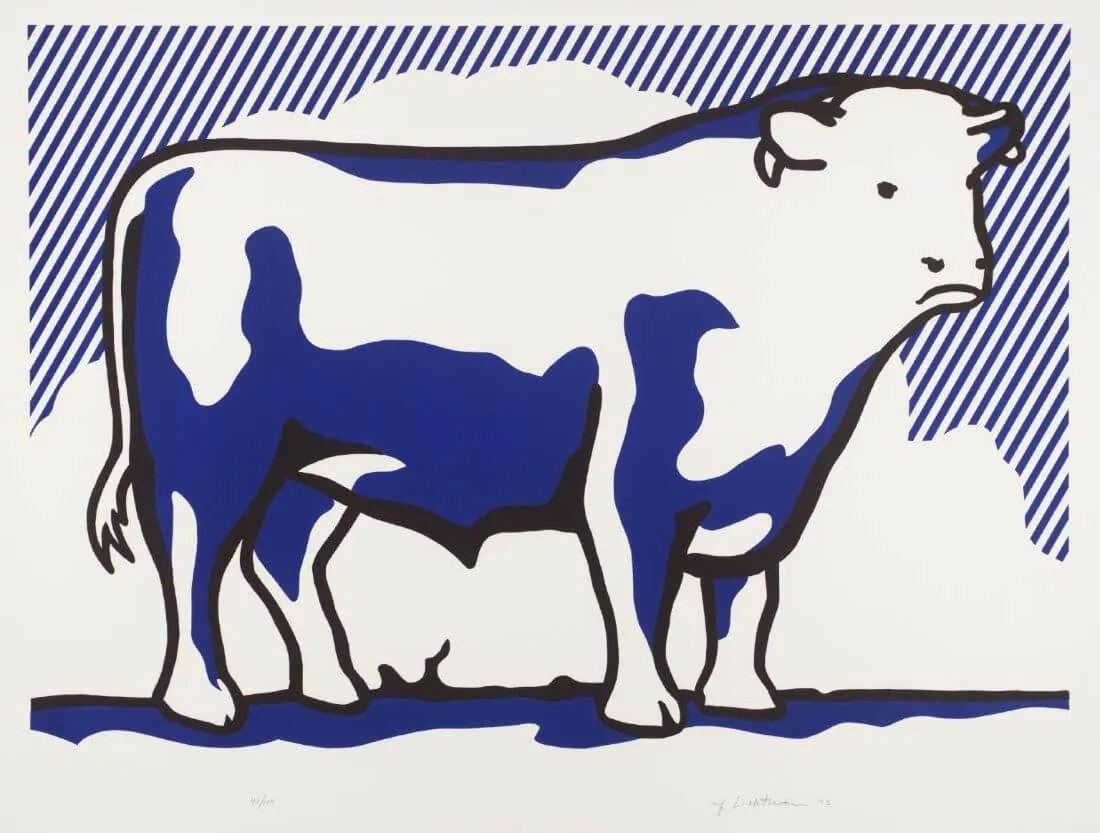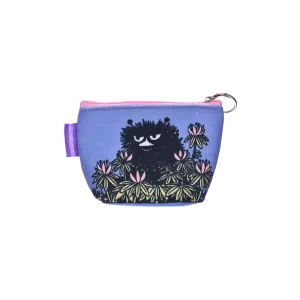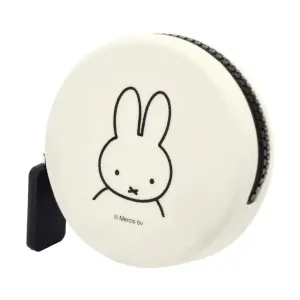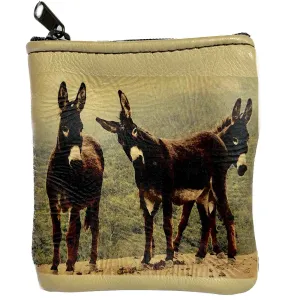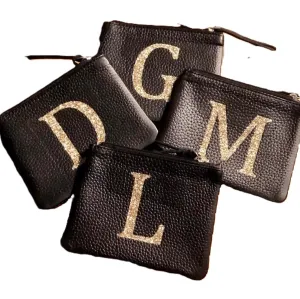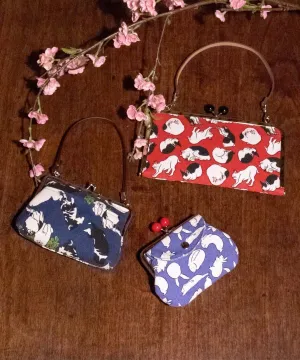Over the course of six prints, Roy Lichtenstein (American, 1923–1997) progressively simplifies and abstracts a Holstein cow, a sequence only comprehensible when the series is seen in its entirety. Lichtenstein directly quotes Picasso’s lithographic series The Bull (Le taureau), 1946, and Theo van Doesburg’s pencil studies for The Cow, 1916–1917, in which bovines are incrementally rendered abstract.
These precedents testify to the modernist belief that universal truth could be revealed through distillation and abstraction. Lichtenstein, though, parodies this faith by calling into question the presumed distinction between “realistic” and “abstract” depictions. The stylized, wavy, black patterning in Bull I that calls to mind Old Master woodcuts or line engravings reverberates with the crisp, diagonal cross-hatching in the subsequent prints. This visual rhyme calls attention to the fact that, as Lichtenstein put it, “nothing is more abstract than anything else to me. The first one is abstract; they’re all abstract.”




